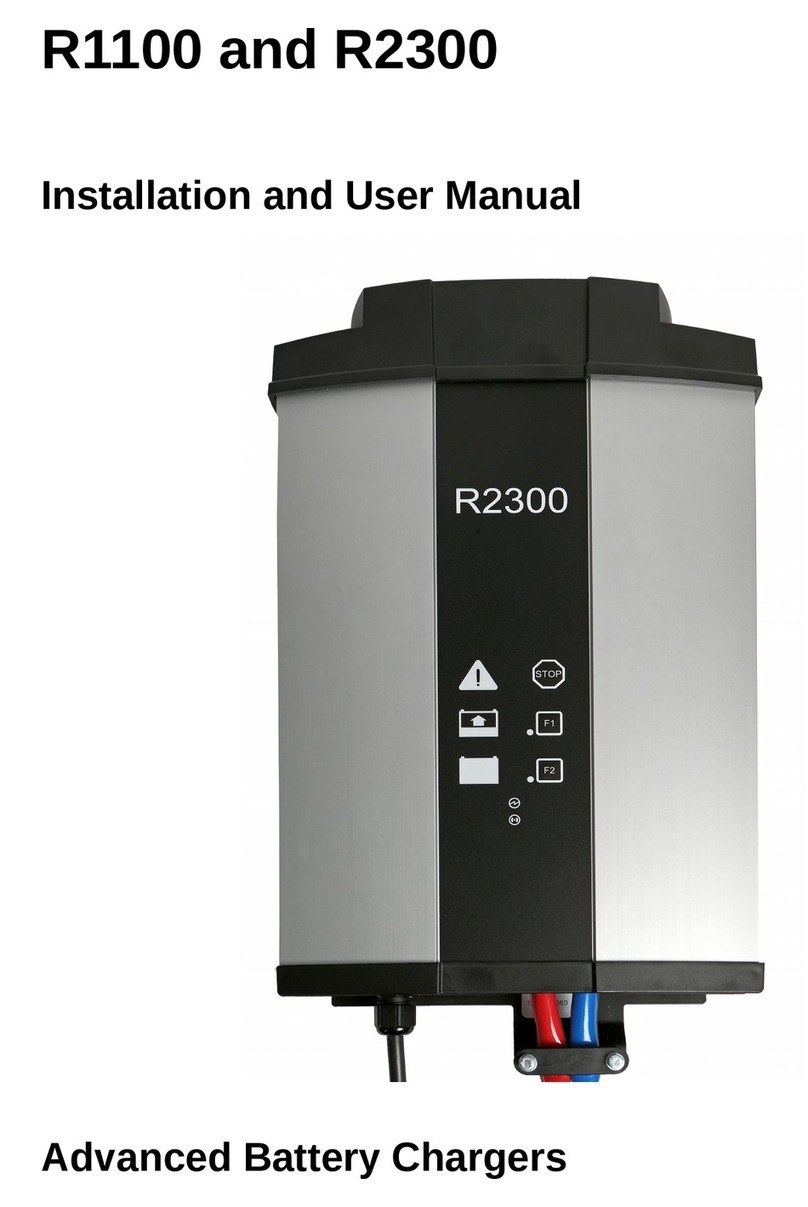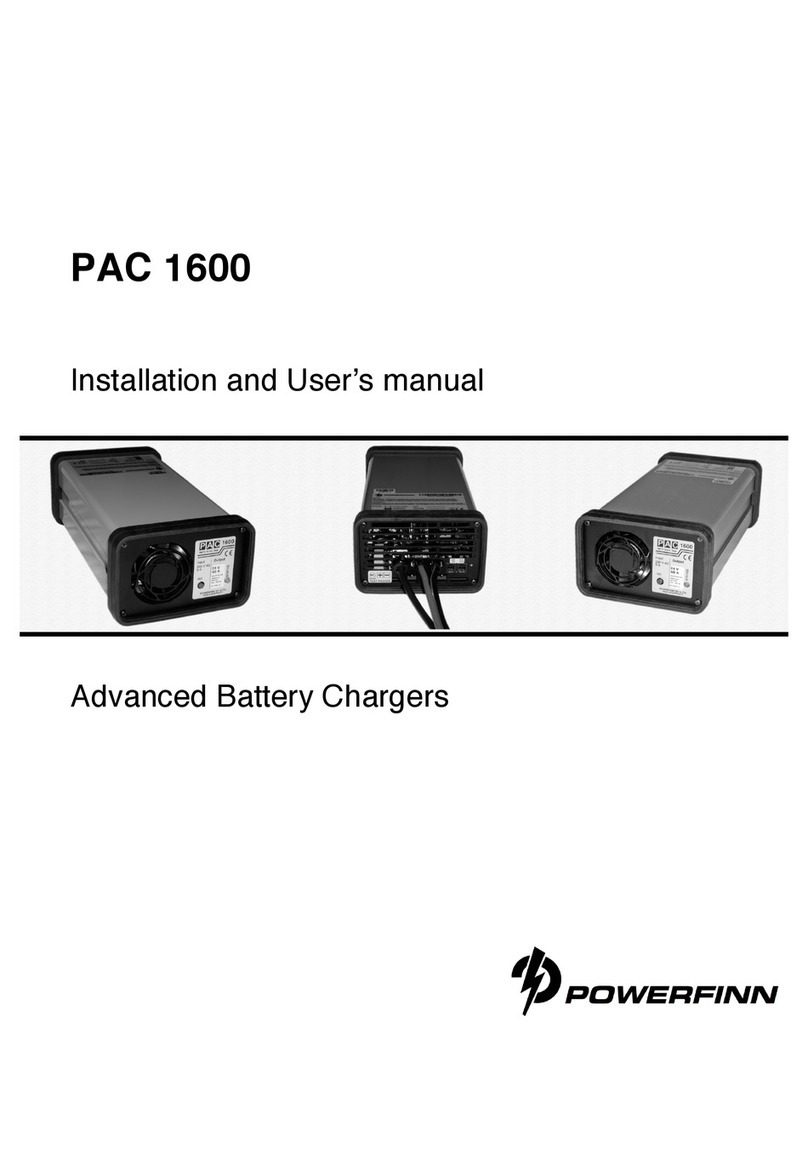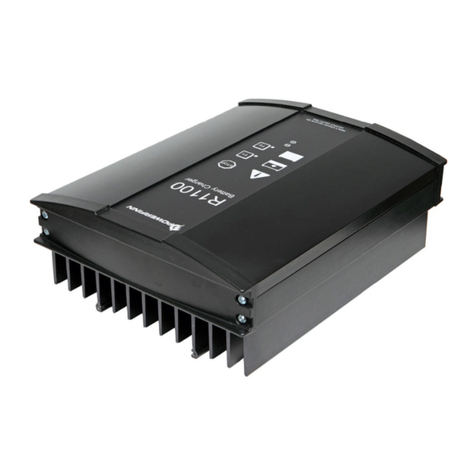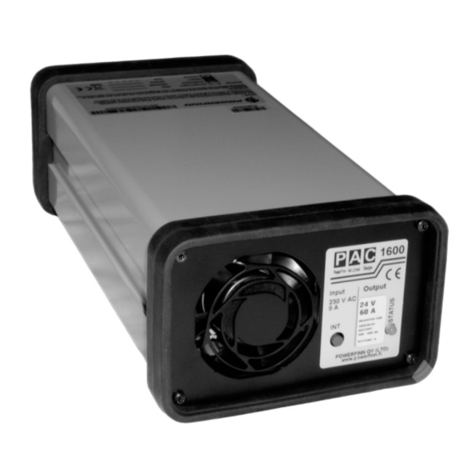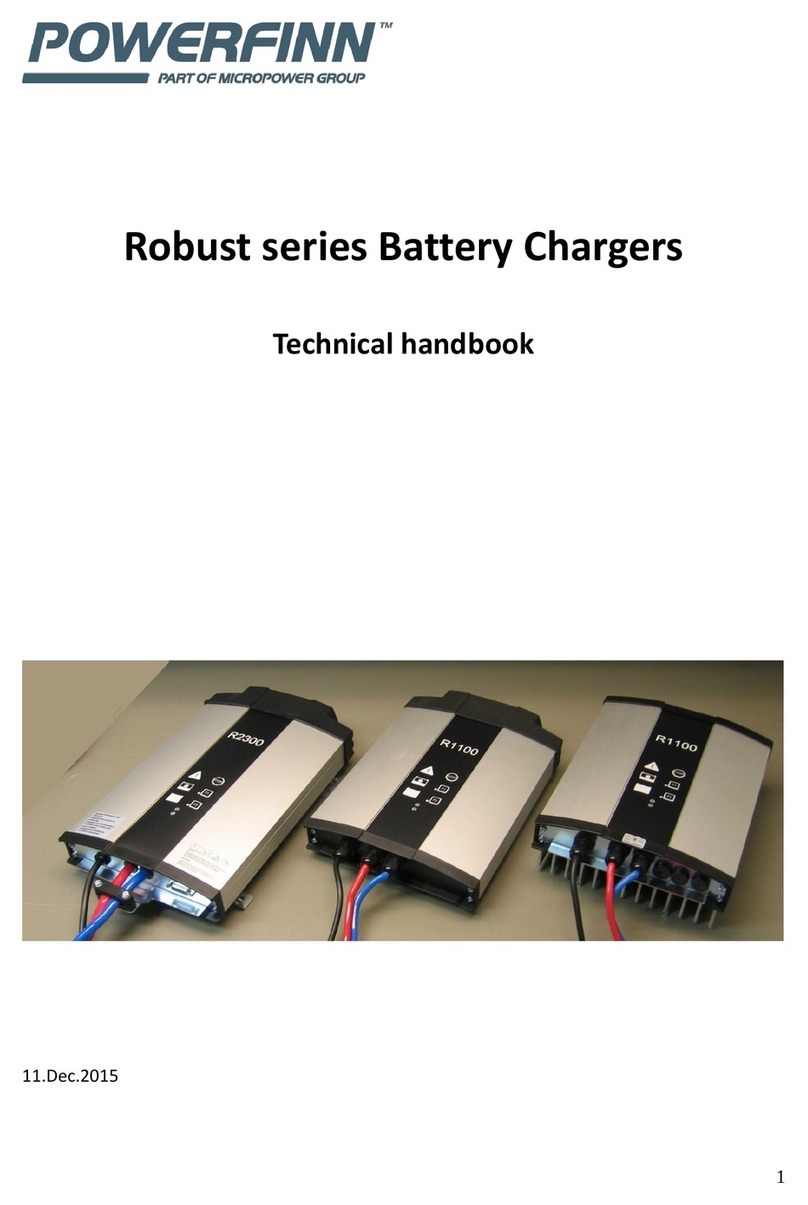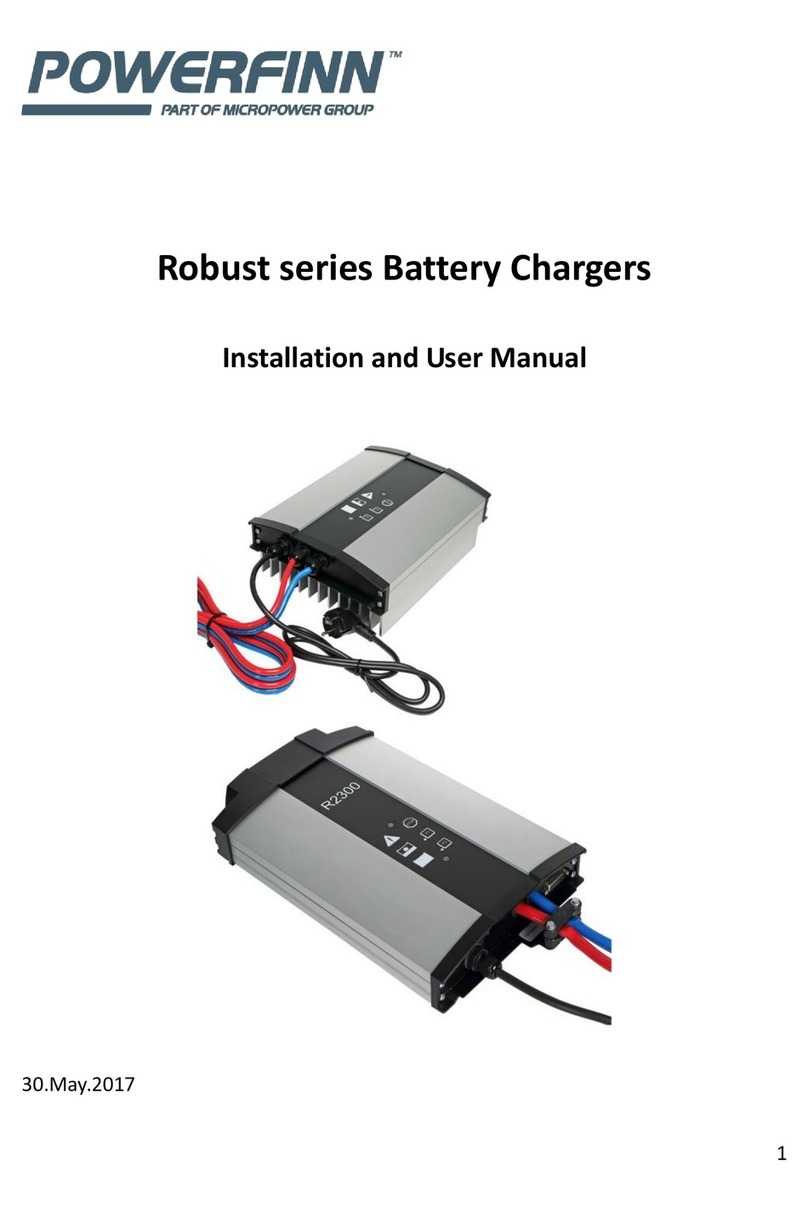Table of Contents
R1100 R2300 R3000........................................................................................................... 2
General ............................................................................................................................... 2
Installation and Warnings.................................................................................................... 3
Operations........................................................................................................................... 5
Lights and push buttons...................................................................................................... 6
Safety Instructions............................................................................................................... 8
Trouble–shooting and repair................................................................................................ 9
Guarantee ........................................................................................................................... 9
Editing charging configuration............................................................................................. 9
Connectors and pin orders:............................................................................................... 11
Algoritms ........................................................................................................................... 12
Charger dimensions.......................................................................................................... 15
R1100 R2300 R3000
Primepower Robust series chargers uses modern switching technology. The
intelligent microcontroller extends the life of the battery by supervising the
charging process. The charger are compact, silent and meets the EU safety
and EMC requirements.
Protection class against water & dirt is IP54.
IP65 version is available
General
Chargers are available for a variety of battery types.
The charger type and charging algorithm should correspond to the battery
(sealed, vented, etc.). Attempting to charge a battery with the wrong type of
charger may result in considerable damage.
Find “Editing charging configuration paragraph” and ”Operations”.
Check the battery to ascertain that the “five hour capacity” (in ampere-hours,
Ah5 or Ah@5h) is between 5 and 14 times greater than the nominal current
(in amperes) of the charger. E.g. a 10A charger is suitable for charging
batteries with a 5-hour capacity of 50Ah-140Ah.
